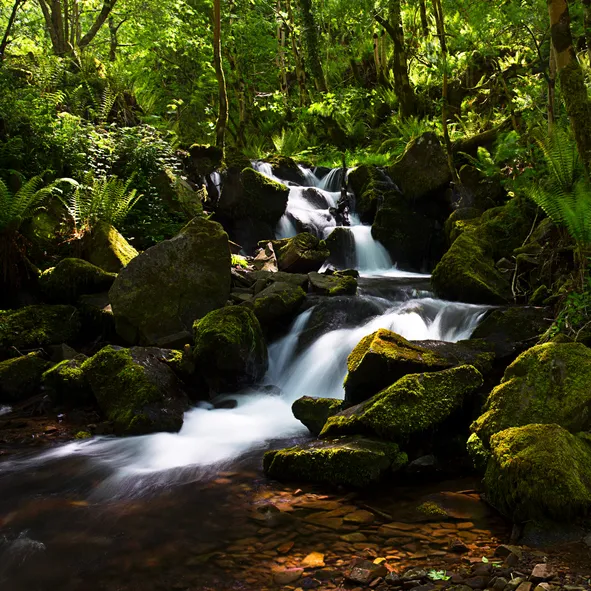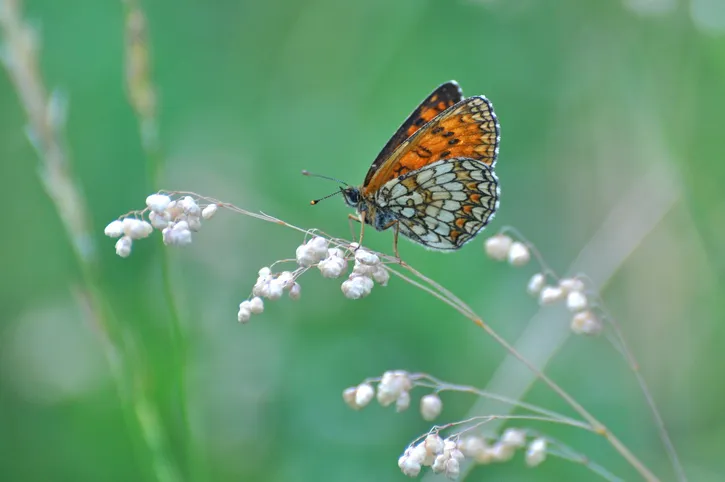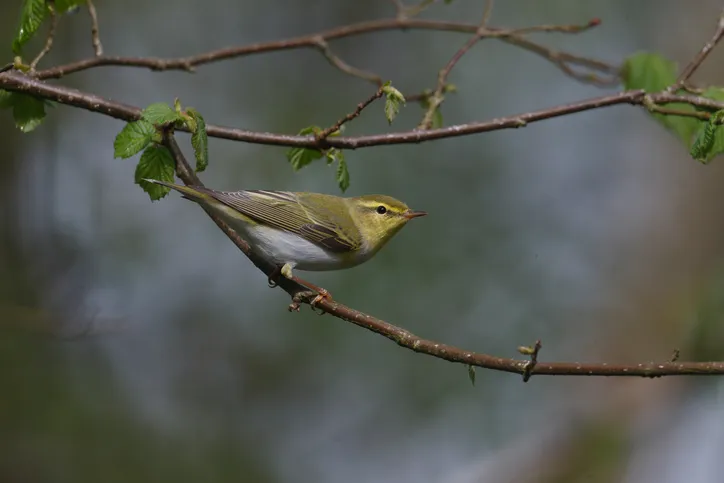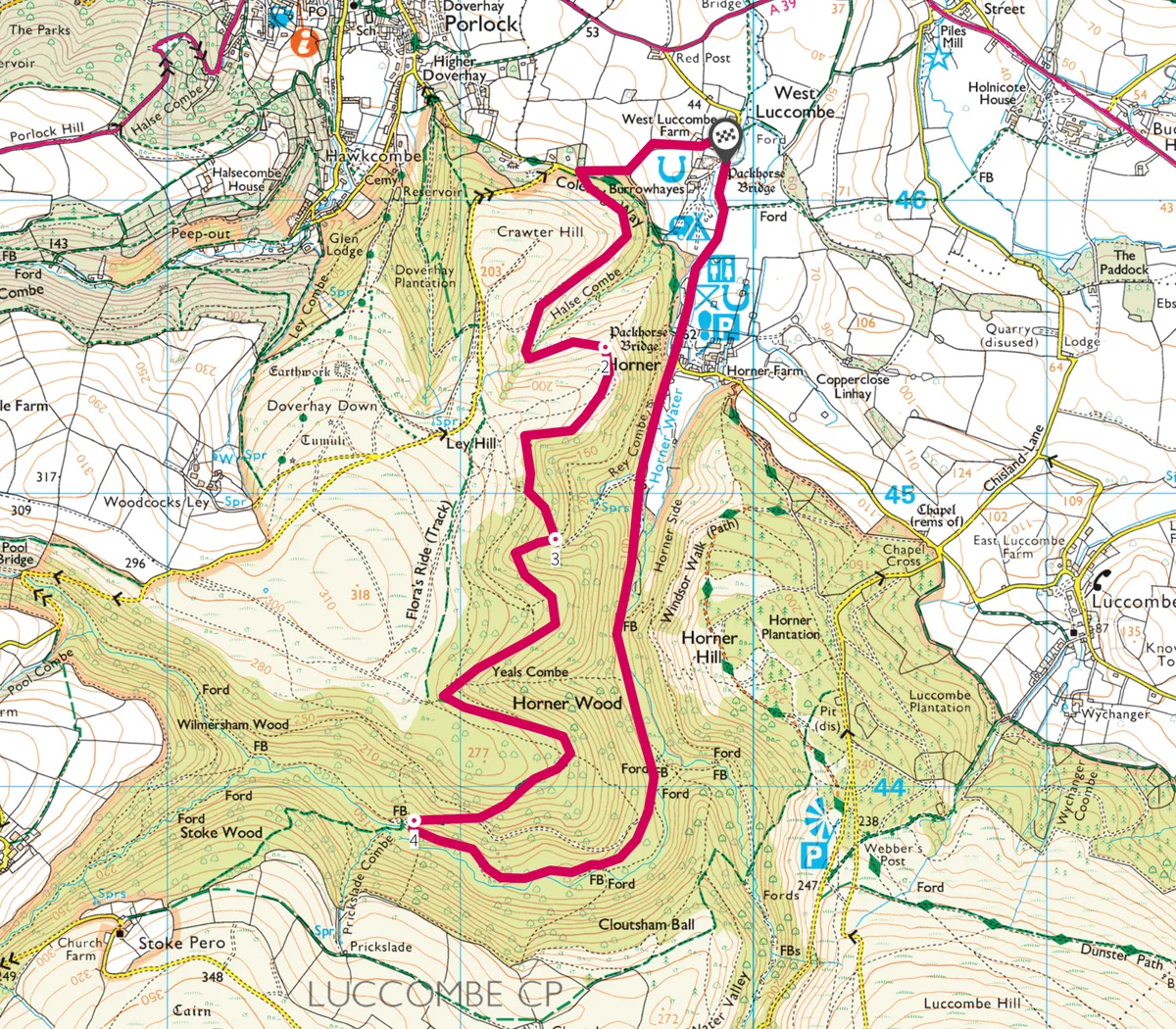The Horner Valley and its surroundings, including the Vale of Porlock and Exmoor’s highest point Dunkery Beacon, lies within the National Trust’s Holnicote Estate, once owned by the Acland family. nestles by Horner Water, ideally situated for excursions on horseback or foot.
This route passes through 800-acre Horner Wood, one of our largest ancient oak woodlands, which is especially beautiful in spring and is a designated SSSI. The route is suitable for intermediate walkers; novices may prefer the short-cut option.

Horner Valley walk
4.8 miles/7.8km | 3 hours | moderate
1. Old crossing
Leave the campsite, looking out for the medieval packhorse bridge on your right. On meeting the lane turn left, then a few yards later turn left at the junction. Climb steadily to cross a cattle grid, then continue uphill on the woodland edge. Turn left following signs to Granny’s Ride, (many estate paths are named after the Acland family) a broad track that climbs up above Halse Combe with views to Dunkery Hill, once home to black grouse.
Patches of bracken have been cleared to encourage cow-wheat, the staple foodstuff of the rare heath fritillary butterfly. The track bears left around the head of the combe, climbing to a path junction.

2. On the lookout for wildlife
Keep ahead on a narrow path; continue straight on at the next junction along the top of Horner Wood. Sheep and red deer shelter here in bad weather and you may also spot butterflies and birds, including pied flycatcher, wood warbler and woodpecker.
The woodland also harbours over 200 species of lichen, more than 400 species of fungi and a wealth of wood ants, as well as 14 species of bat. Follow the path into woodland to cross another path, keeping ahead. Eventually the path curves right and narrows, passing into a tangle of small, twisted, low-growing oaks.

3. Cat's Scramble
Novices can take a sharp left on a path to Horner, signed Cat’s Scramble. For a longer ride, keep ahead on the narrow path to meet another junction. Bear left, and then bear right round the next spur. When you meet another path junction keep ahead, eventually descending to a crossroads of tracks.
4. Ancient ridge
Turn left along Lord Ebrington’s Path, dropping towards Horner Water, which flows through Porlock Bay’s 8000-year-old shingle ridge into the sea. Follow the track, keeping an eye out for dippers on the water, and pass through a gate and cross a bridge just before Horner Green. Meet the lane and keep ahead, before turning left just past the packhorse bridge for Burrowhayes Farm.
Horner Valley map
Horner Valley walking route and map
